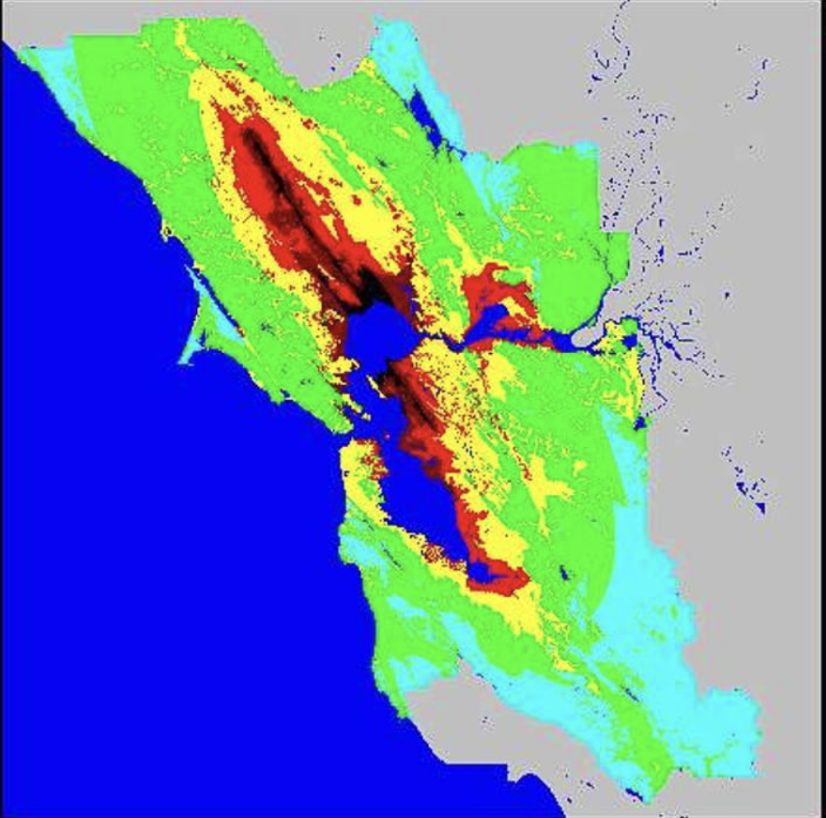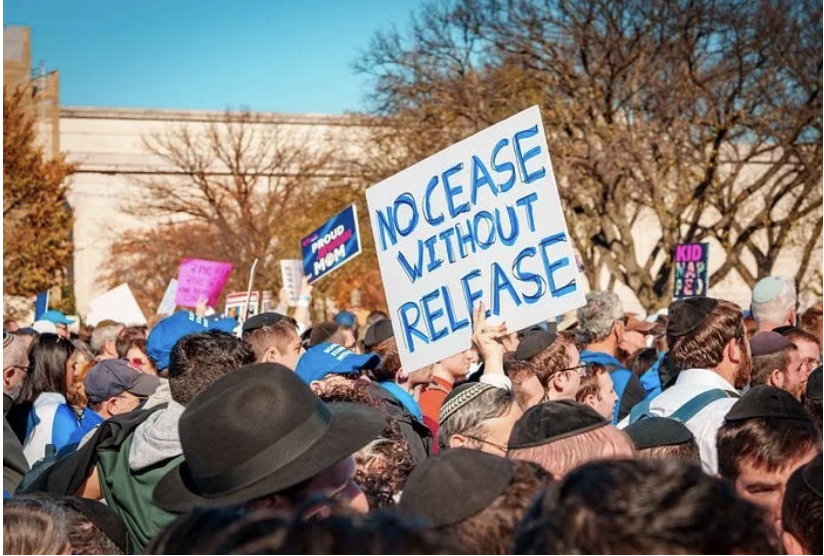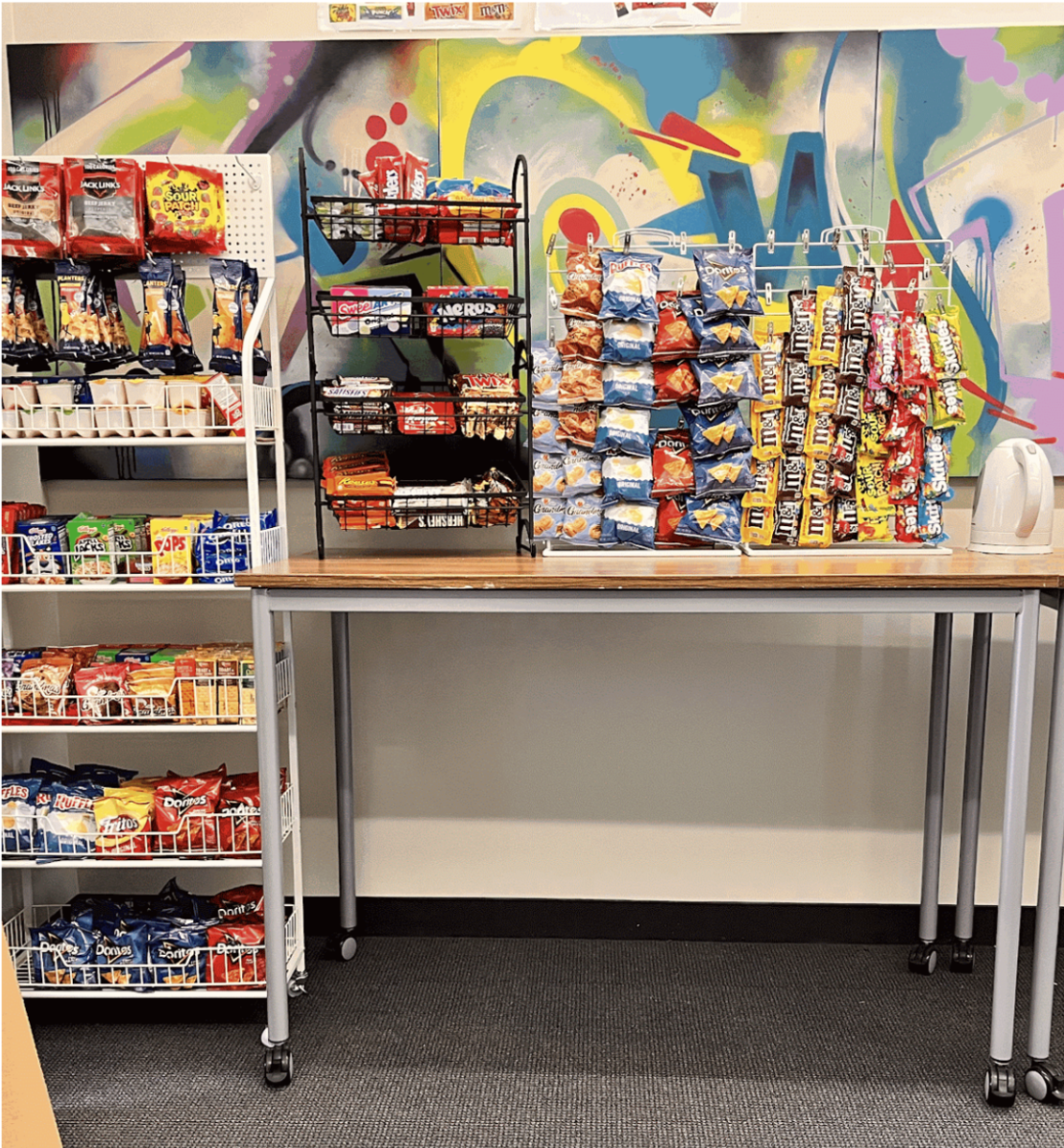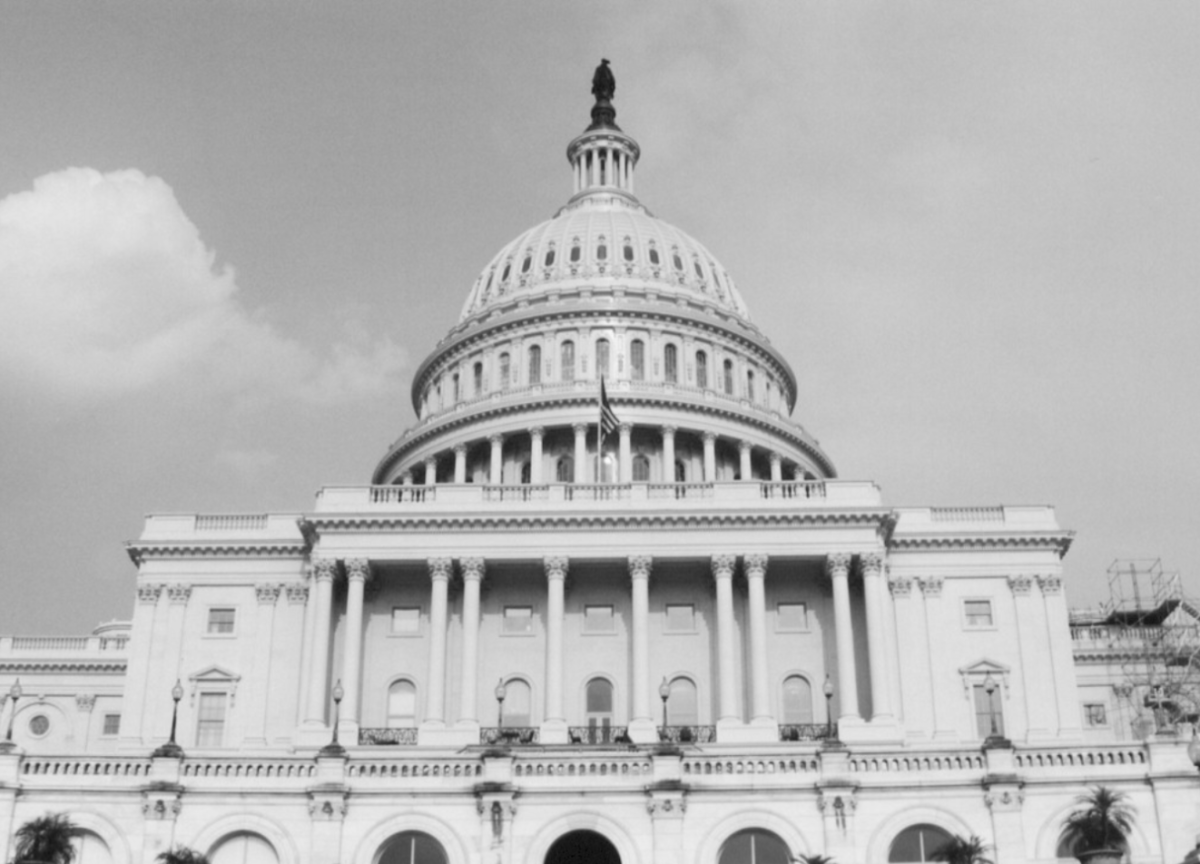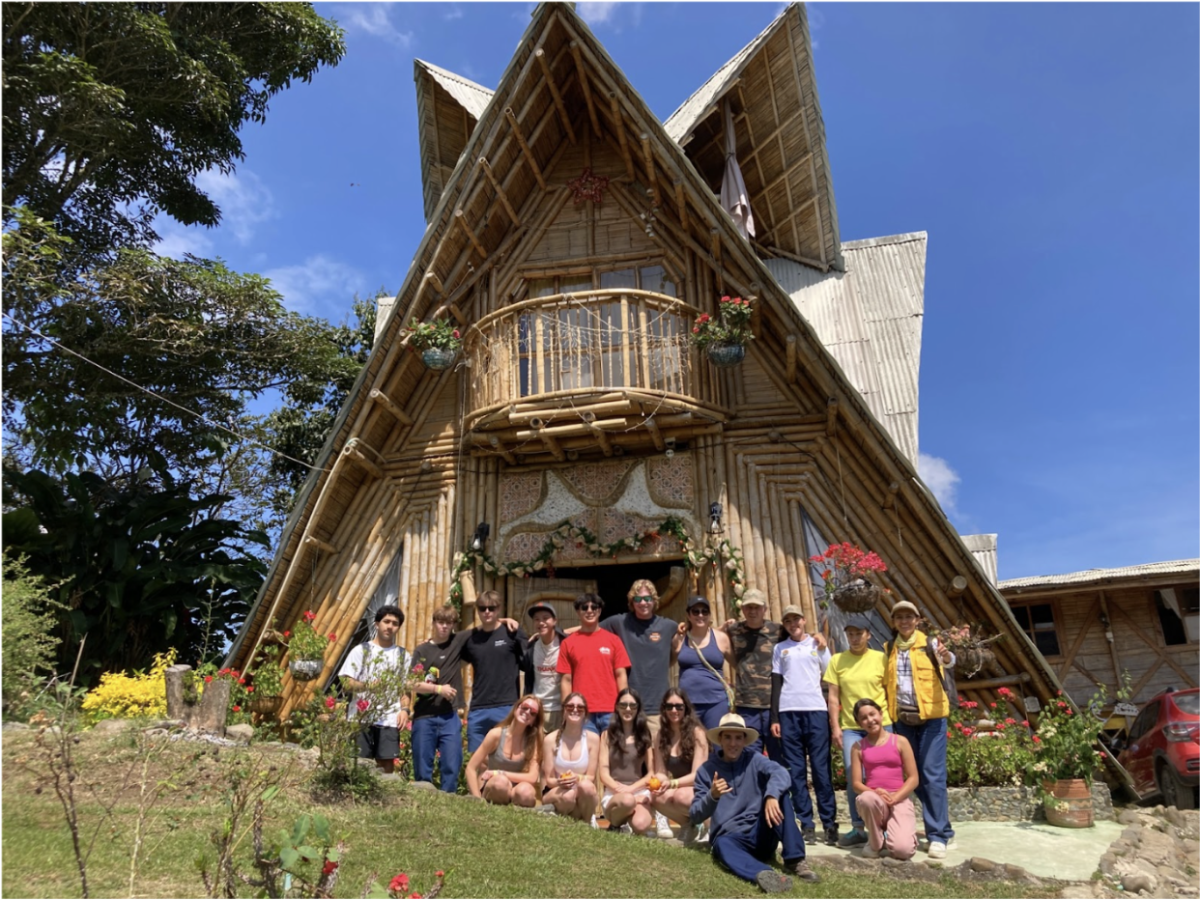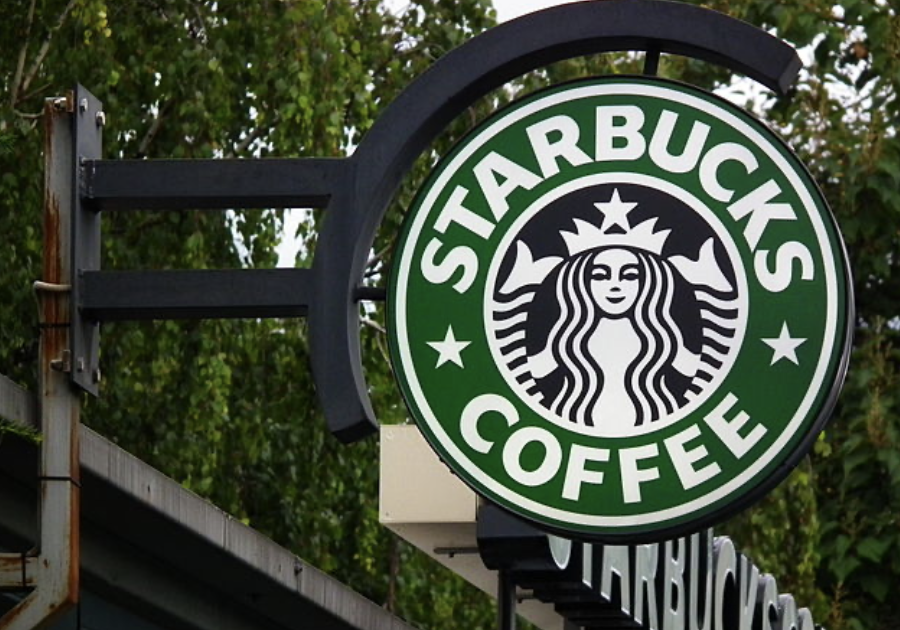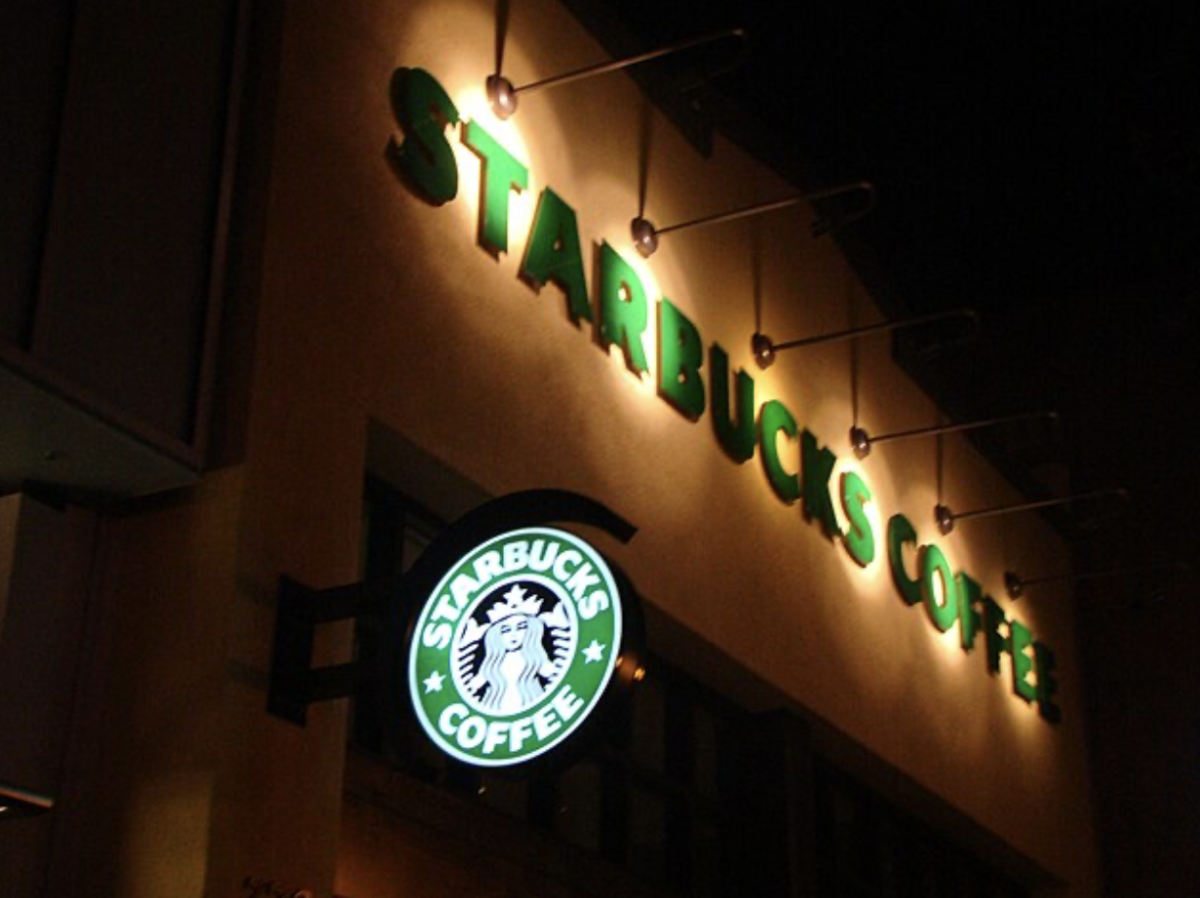On Monday at 2:56 a.m., San Franciscans felt the impact of an earthquake that hit 13 miles away in Berkeley. A second aftershock occurred at 8:01 a.m. with a magnitude of 2.6. Despite many noticing the shaking, there were no injury reports nor notices of any major damage.
“I didn’t feel the earthquake that morning, I just stayed asleep when it happened,” junior Addie Sanford said. “But I first heard that it happened when I got to school, and my friends were all talking about an earthquake they felt last night,”
According to the U.S. Geological Survey, this Monday’s earthquake had a magnitude of 4.3 and an epicenter located two kilometers from Berkeley, California. The earthquake occurred along the Hayward Fault which is a geographical fault between the Pacific and North American tectonic plates. The Hayward Fault, according to the California Department of Conservation, spans a sprawling 74 miles from San Pablo Bay in the north to Fremont in the south.
“Earthquakes result from the release of stored energy as seismic waves,” science faculty Stacey Benson said. “The Hayward Fault is one of the most active faults in the US.”
The last time the Hayward Fault had a major earthquake was in 1868. The quake had a 6.8 magnitude and killed thirty people, and was described as one of the most destructive quakes of California history, according to the U.S. Geological Survey. The effects of earthquakes nowadays are reduced through building codes, community training and overall preparation in case anything happens.
“At my elementary and middle school, we used to do earthquake drills,” freshman Ellie Choi said. “We would duck under the tables and cover our heads with our hands.”
However, in spite of the dangers that earthquakes do pose, these seismic shifts are an iconic aspect of San Francisco heritage, extending all the way back to the infamous 1906 earthquake. Since, then, California has had various other earthquake incidents, with most of them occurring daily at a much lower level (~1 on the Richter Scale). Due to the predictability of California’s faults, a major earthquake is predicted to occur before 2032.
“I honestly don’t really mind the earthquakes, because they’re usually not very big,” Sanford said. “If anything, I guess it’s something to get used to as a person who didn’t grow up experiencing earthquakes in the city.”



